So, my boss asked me to analyze how to implement Material You colors starting from Android 12. I've been researching for it and every blog of every page about "how to do it" tells you that, you need to hold down at home screen, then go to "Wallpapers & Style" and change your wallpaper. There is an issue, though.
I remember that while Android 12 was in Beta, it was supporting Material You colors. However (I assume) after the official release, this support has been removed, because I am unable to find the option. Here is what it looks like when I hold down while at home screen:
It says "Wallpapers" and when I click on it, it does not open a menu called Wallpaper & style, it just redirects to Live Wallpapers. I've unable to find the wallpaper colors option on the official Android 12 release. However, it is present on the upcoming API 32 (Android 13 I believe) emulator.
Upon researching a little bit, I've found out that the system generates the wallpaper colors under the system resources such as system_accent1_600 etc. which are available starting from API 31 (more info here). This does work when I use an API 32 emulator which is in beta, but it defaults to something else (a shade of blue on accent colors, and shades of gray on neutral, a.k.a background colors) that I haven't figured out where from on an API 31 official emulator.
Here is the question:
Is Material You colors officially supported starting from Android 12 (API 31)? If yes, then why am I not able to find it on Android's official emulator?
Also, is it possible to detect if the device supports Material You colors with different options?
